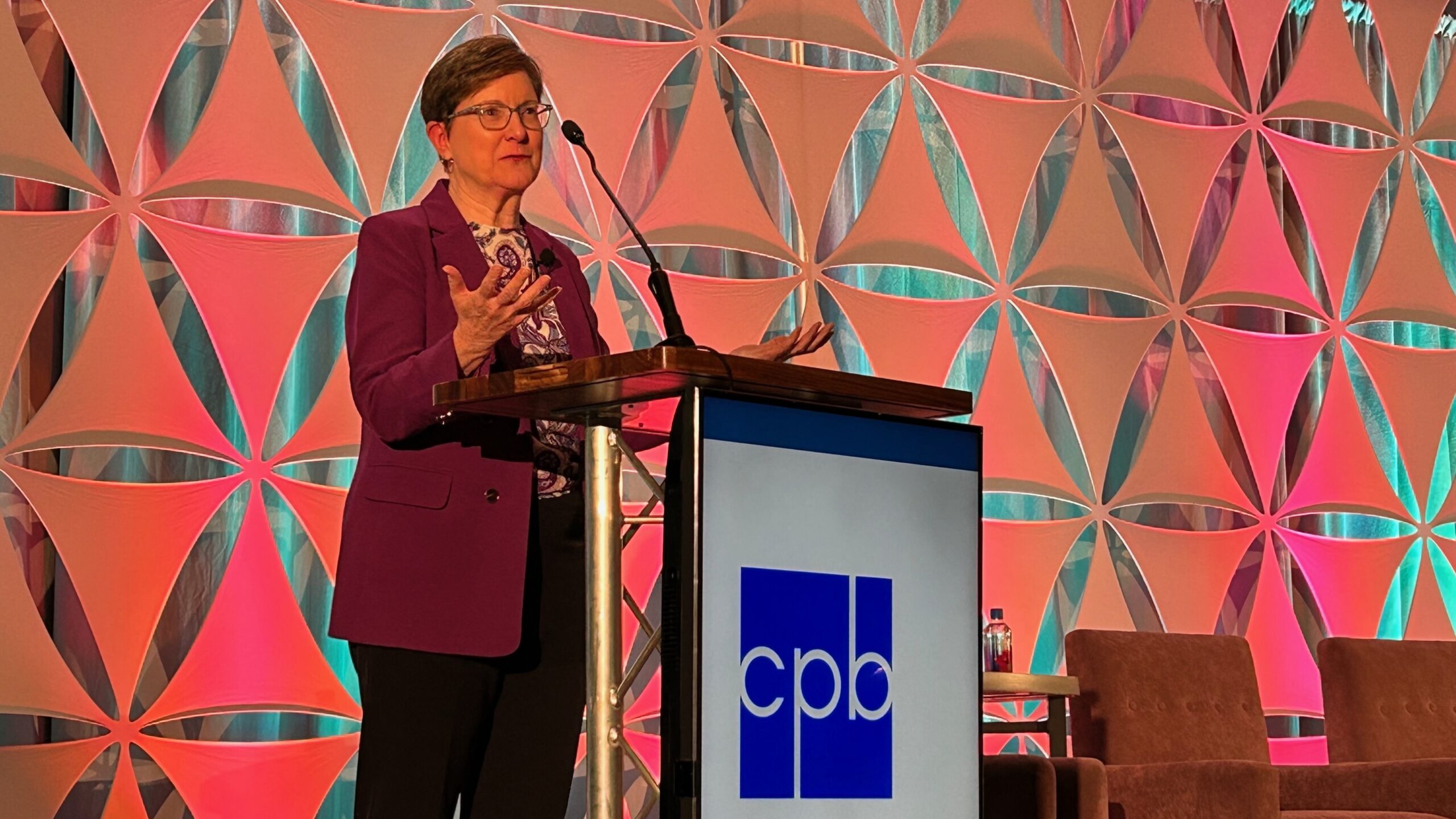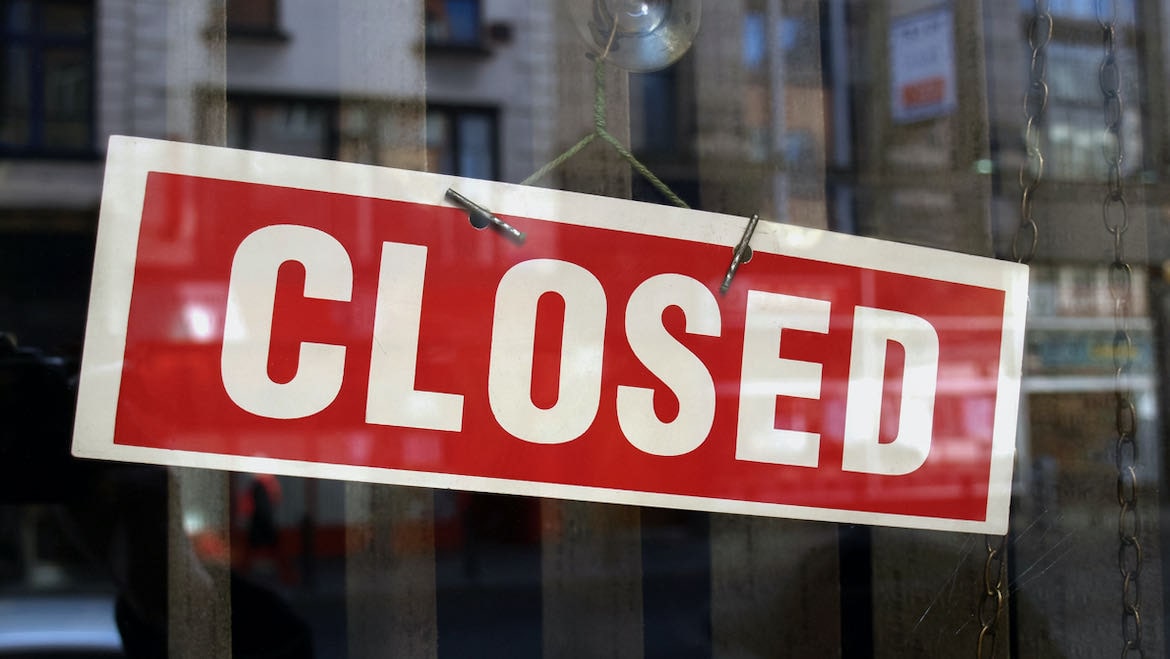An oasis for the ears in Trans-Pecos
Five ways Marfa Public Radio is different from your nearest NPR-member station:
1. The drivetime host reports on rush-hour traffic of five vehicles, “some turning left, some turning right and some going straight ahead … with one forlorn pronghorn along the way.”
2. Drivers crossing a near-empty 152-mile stretch of Interstate 10 without Sirius XM send in donations to thank the station for being a “surprise oasis.”
3. A Mexican rancher stops by to say that he picks up the signal deep in Chihuahua, more than 100 miles south of the border.
4. A caller complains about Anglo hosts mispronouncing Spanish names. Later, another listener calls in to complain about hosts using correct Spanish pronunciation of “Rio Grande.”
5. The week of KRTS-FM’s membership drive, the largest wildfire in Texas history breaks out just down the road. Power lines burn, and 93.5 goes off-air for 24 hours until a donor pays for connections to a nearby generator.

With three dozen volunteers and three staffers led by Tom Michael (inset), Marfa Public Radio broadcasts “Radio for a Wide Range” over West Texas. (Water tank photo: Paul Joseph, Creative Commons. Michael photo: Joseph Chase Lindley.)
That’s the way it goes at Marfa Public Radio, a true sole-service station that airs NPR programming along with local shows created by three staff members and three dozen volunteers, who have emigrated from all over the world to the little town. KRTS lives up to its tagline: “Radio for a Wide Range.”
“We’re situated between old Mexico and New Mexico,” says Tom Michael, the intrepid 41-year-old general manager. “The nearest airports and the nearest public radio stations are each about three hours away — in Odessa/Midland to the north and in El Paso to the west.”
Their 50,000-watt signal reaches parts of six vast counties, but fewer than 15,000 people live there.
This remote region, west of the Pecos River, has a magnetic effect on various types of folks — Big Bend hikers, Rio Grande rafters, university students in Alpine and astronomers at McDonald Observatory, up the winding mountain road from Fort Davis. Indoor art installations covering some 340 acres attract streams of bicoastal aficionados. Juxtaposed incongruously next door to Chinati Foundation’s vast collections of minimalist art is the Marfa-sector headquarters of the Border Patrol, the region’s biggest employer.
While some say Marfa suffers from Aspenization — the colonization of poor but picturesque Western towns by hip and affluent newcomers — the reality is more complex. Old Marfa was marked by a unique balance of military, ranching and Hispanic influences as well as a complex relationship between the Hispanics and Anglos that could sometimes be hostile and sometimes symbiotic. Then came a new era of tourism, based on the desert environment and the astounding creative scene initiated by artist Donald Judd, creating a new, more affluent Marfa, although ever-growing crime syndicates and smuggling operations just to the south cast a shadow over the whole region.
This unique population mix is the context for KRTS-FM, which put itself on the air less than four years ago. In this sparsely populated area, members include big-city retirees happy to hear the NPR lineup, ranch hands in their pickups and sustainability pioneers like blogger John Wells, whose postings from his 40-acre desert homestead called the Field Lab have received more than 800,000 visitors since late 2008.
Wells says he gives KRTS $500 a year along with some loaves of fresh-baked solar-oven bread. Grateful highway travelers send thank-yous like this in a letter from Lalae and Mark Battista: “Please find our check in appreciation of David Beebe’s Night Train. It kept us awake (and sane) as we made the drive back from Odessa last night.”
After April 9, however, KRTS got thanks for more than entertainment value when the Rock House wildfire erupted less than two miles outside Marfa, at an abandoned shop on Highway 90. It quickly grew out of control, racing across the drought-stricken grasslands and into the mountains, says Marfa Fire Chief Gary Mitschke.
“I’ve never seen a fire travel that quickly,” says the veteran firefighter. “I’ve never felt so helpless.”
At KRTS, Tom Michael said he and staff members Rachel Osier Lindley and Ann Atkins were likewise overwhelmed. As the fire, driven by winds up to 55 mph, roared through canyons and into historic Fort Davis, a constant stream of people came to the Marfa station — to answer phones, call fire officials, bring food, update the list of avenues of escape on the station’s website and Facebook page and print out flyers offering locations where evacuees could spend the night.
For the first 24 to 48 hours, before a coordinated response emerged, “Everyone was just doing the best they could in a very bad situation,” Michaels says. “[The fire] vaporized the trailers on the highway and the mansions on the hill.”
The largest wildfire in Texas history raged on for a full month, consuming more than 314,000 acres in Presidio and Jeff Davis counties, taking approximately 40 homes, two businesses, horses, Aoudad sheep, pronghorn antelope and more than 200 cattle. Amazingly, no people died.
KRTS had to postpone its membership drive for a week, but it became the station’s best ever. “So many new members were from the ag community — those working in agriculture and ranches we hadn’t heard from before but now were willing to support us with their donations,” says Michael.
Townspeople — the bank president as well as the barista at Frama Coffee and Ice Cream — were aware and grateful. Even the occasionally critical local gadfly and entrepreneur Lineaus Lorette was proud of them. “They did a great job on the fire,” said Lorette.
Fire Chief Mitschke told emergency management officials that Marfa Public Radio was the best means of informing the public when lives are at stake.
Deep pockets in New Marfa
The kickass pledge drive after the fire shows how community support and participation work, says documentary filmmaker and KRTS Board member Karen Bernstein. Even with elected representatives staging fiscal catfights in Washington, telling the story from Marfa could bolster the case for continued federal aid through CPB. Like many of the field’s smallest stations, KRTS gets close to half of its budget from Congress through the CPB appropriation.
Raising the other half isn’t easy, but even before the fire in 2010, Marfa Public Radio’s listener-donors were demonstrating a deep appreciation for what it gives them, out there in Trans-Pecos Texas.
While public radio news stations in DEI’s 2010 Benchmarking Survey managed to raise an average of about 7 cents per listener-hour, KRTS raised funds at twice that rate, an impressive 14.6 cents per listener-hour. That’s more than any other news station in the survey. The stats are used to compare fundraising performance among similar stations.
Another stat reveals how New Marfa’s deep pockets help it survive in a sparsely populated region: The station gets more than one-fifth of its net fundraising revenue from the 30 donors who give $1,000 or more a year.
Tom Michael, aided by versatile programming and production manager Lindley, manages to carry that off and maintain a laid-back friendliness that fits the Trans-Pecos ethos. Michael is the kind of multiskilled bridge-builder needed to grow an upstart station perched on the edge of nowhere. He and his spouse — Katherine Shaughnessy, owner of a local company and member of the Marfa school board — came down from Chicago nine years ago before starting their family; they are now raising Fiona Mae and Wyatt.
Lunching at Tacos del Norte, he chats with the family at the next table before leaping into his large battered pickup to race back to the studio and interview a touring musician for the popular weekday morning show Talk at Ten.
Chip Love, president of Marfa National Bank, says Michael has the energy and ability to bring people together. “When he first got here, he spoke at a ranch just outside town one night — an inspirational talk about the little radio station that could. And they have! They are raising more money than I would have ever believed possible.”
This month, KRTS will give itself a bigger potential audience, boosting its transmitter power from 50,000 watts to 100,000 watts.
And if all goes as planned, later this year the little station will acquire an NPR-member station in Odessa, a much larger oil city three hours northeast of Marfa. This past spring, KRTS bid successfully for the license of KOCV-FM in Odessa. It agreed to pay Odessa College $300,000 — half in cash and the remainder in sponsorship announcements over the next 10 years.
“An Anglo rancher mythology”
Marfa’s large Hispanic majority doesn’t seem to listen to the new station all that much. Rosario Halpern, co-owner of the 124-year-old Big Bend Sentinel newspaper, says one reason may be that “there is one hour of Spanish-language on each week — my show, Música en Español — even though the population here is about 70 percent Hispanic and 30 percent Anglo.” She doubts that many Hispanic residents want to participate in public radio anyway. “I don’t know a solution,” she says.
One observer who wished to remain anonymous said, “In fact, there are people in the community who take pride in the fact that they don’t listen to it.”
Lineaus Lorette says that the station alienates Hispanics by buying into “an Anglo rancher mythology” that de-emphasizes the area’s Mexican and Hispanic heritage. Chip Love, the banker, doesn’t believe that KRTS programming needs to reflect the Latino culture. Like many native-born Anglos in Marfa, Love sprinkles Spanish into his everyday English. While he’s a fan of Halpern’s show, he says the overall lineup reflects a way of life clearly present in Marfa. “Donations are from the gabachos,” he says, using slang for Anglos. “That is the audience.”
At KRTS, Tom Michael says the station is trying to find more Hispanic hosts and build that audience. “I knew the first audience would be Anglos who would have come here from elsewhere,” he says. But he expects evolution. “We hope to see our recent intern, Daniel Hernandez, come back after college. Maybe someday he’ll be running the station!”
Karen Bernstein thinks he’d be great at bringing more parts of Marfa into the KRTS audience. “There is such disparity, and it is a struggle,” says Bernstein.
Will Marfa Public Radio succeed in that struggle? Hernandez — now at Sul Ross State University, not far away in Alpine, Texas — thinks it will.
“Occasionally I’ll host The General Store, a 7-to-9 p.m. slot on Saturdays where deejays can spin just about anything they’d like,” says Hernandez. “When I know I’ll be on, or when another great program will be on, I’ll spread the word around with the locals and they’ll listen. I remember broadcasting one night that the high school softball team was returning from a game, and they called in requests and such. KRTS does appeal to everybody — just not all at the same time in most cases.”
READ | WRITE
Diana Claitor’s portrait of Marfa “the best I have read in years,” a resident writes.
RELATED LINKS
Marfa Public Radio, Marfa, Texas; its Facebook page; and audio pieces posted by the station on Public Radio Exchange.
The Marfa station agrees to acquire Odessa College’s radio station, as reported by the Big Bend Sentinel, February 2011. Marfa beat larger public radio groups based in San Antonio and Lubbock. The newspaper said the purchased station will reach as many as 267,000 people in the Odessa/Midland area, while the parent station in Marfa reaches about 12,000.
KOCV, Permian Basin Public Radio, Odessa College, Odessa, Texas.






